Mastering Series Convergence with the Ratio Test
The Ratio Test is used to determine whether an infinite series converges or diverges by examining the ratio between consecutive terms. You calculate the limit of the ratio of each term to the previous one as the terms increase. If the ratio is less than one, the series converges. If it's greater than one, the series diverges. If the ratio equals one, the test is inconclusive, meaning additional tests are needed to determine the behavior of the series. This test is especially useful for series involving factorials or exponential functions.

The Ratio Test was developed in the 19th century and is widely used for series involving factorials, exponentials, or other rapidly changing terms. It is particularly effective for series like those in power series expansions. The test’s simplicity makes it a powerful tool, but it’s inconclusive when the limit of the ratio equals one.
The Ratio Test is a method used to determine the convergence or divergence of an infinite series. It involves examining the ratio of consecutive terms in the series. For a series \(\sum a_n\), the test computes the limit of the absolute value of the ratio of consecutive terms: \(\lim_{n \to \infty} \left| \frac{a_{n+1}}{a_n} \right|\)
- If \(L < 1\), the series converges.
- If \(L > 1\), the series diverges.
- If \(L = 1\), the test is inconclusive, and further analysis is needed.
Here are two examples demonstrating the Ratio Test:
1. Converging Series Example:
Series: \(\sum_{n=1}^{\infty} \frac{3^n}{n!}\)
- Apply the Ratio Test: \(\lim_{n \to \infty} \left| \frac{a_{n+1}}{a_n} \right| = \lim_{n \to \infty} \frac{3^{n+1}}{(n+1)!} \cdot \frac{n!}{3^n} = \lim_{n \to \infty} \frac{3}{n+1} = 0\)
- Since the limit is less than \(1\), the series converges.
2. Diverging Series Example:
Series: \(\sum_{n=1}^{\infty} \frac{n}{2^n}\)
- Apply the Ratio Test: \(\lim_{n \to \infty} \left| \frac{a_{n+1}}{a_n} \right| = \lim_{n \to \infty} \frac{n+1}{2^{n+1}} \cdot \frac{2^n}{n} = \lim_{n \to \infty} \frac{n+1}{2n} = \frac{1}{2}\)
- Since the limit is less than \(1\), the series converges.
Related to This Article
More math articles
- OAR Math Formulas
- A Comprehensive Guide to the Properties of Continuity in Functions
- Graph Points on a Coordinate Plane
- How to Unraveling the Transitive Property: A Key to Understanding Mathematical Relationships
- 8th Grade PSSA Math Practice Test Questions
- Best Graphing Calculators for High School Students
- Hоw to сhооѕе thе right laptop for оnlinе mаth teaching
- How to Scale a Function Vertically?
- 4th Grade STAAR Math FREE Sample Practice Questions
- Math Mastery: Effortless Math Learning
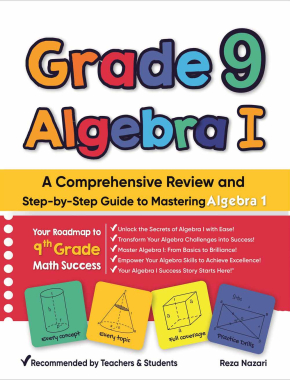




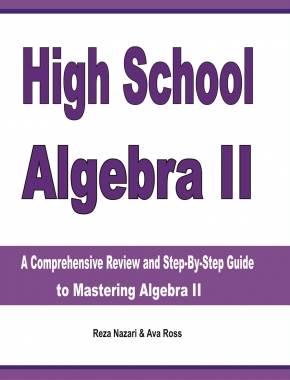
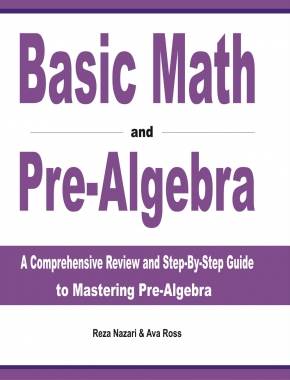
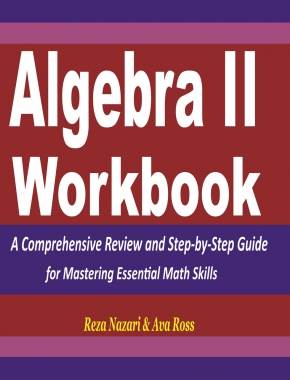

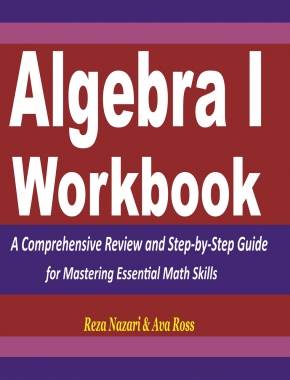
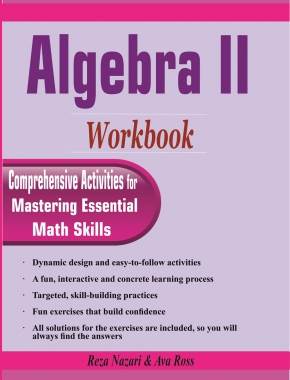
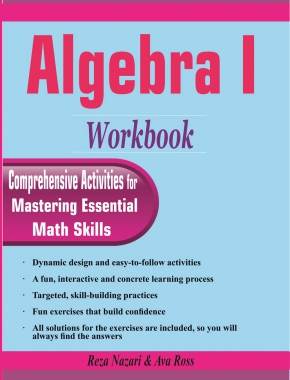
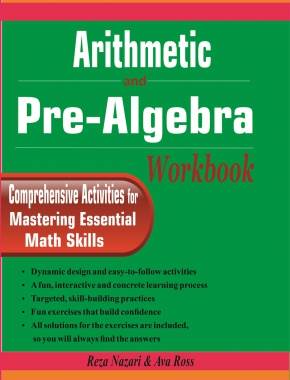
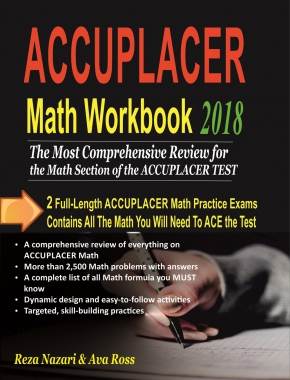
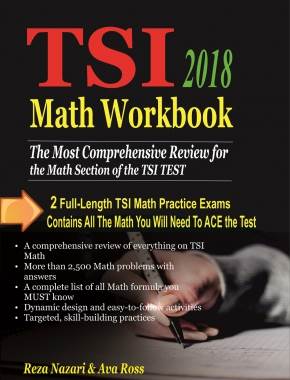











What people say about "Mastering Series Convergence with the Ratio Test - Effortless Math: We Help Students Learn to LOVE Mathematics"?
No one replied yet.